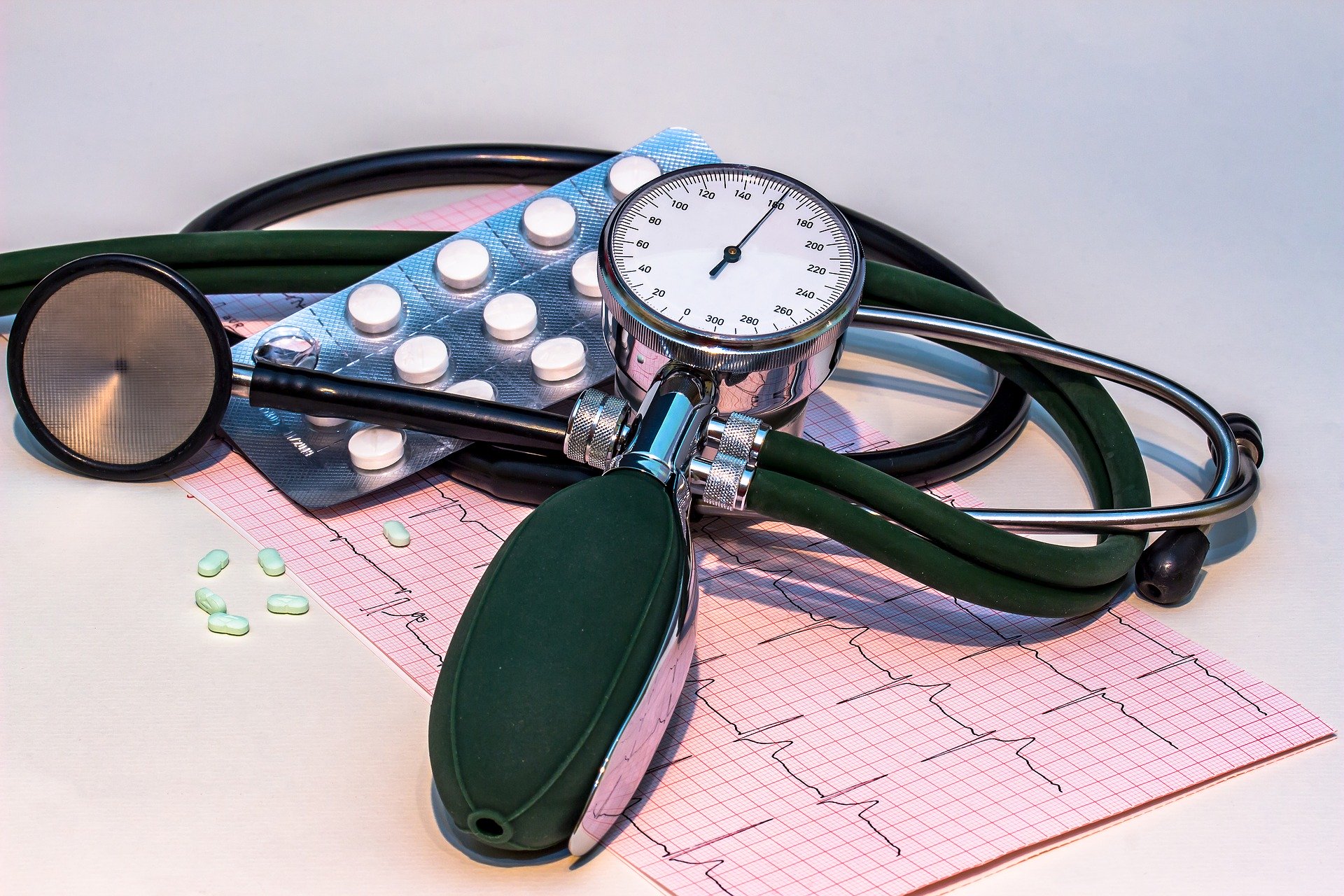
According to the American Heart Association (2016), “High blood pressure (HBP) or hypertension is when your blood pressure, the force of your blood pushing against the walls of your blood vessels, is consistently too high.”
How to know you have high blood pressure?
Early detection is important. Regular blood pressure readings and interpretations can help you and your doctor notices any changes. The American Heart Association has categorized blood pressures into five broad classes namely Normal, Elevated, Hypertension Stage 1, Hypertension Stage 2, and Hypertensive crisis. There are Systolic (the first, or top, number) and diastolic ranges (the second, or bottom, number), that differentiate these five categories. Blood pressure numbers of less than 120/80 mm Hg are considered within the normal range whereas if the blood pressure readings exceed 180/120 mm Hg it is the stage of an emergency, and requires immediate medical attention (Refer Table 1).
| Table1: Blood Pressure Ranges | |||
| BLOOD PRESSURE CATEGORY | SYSTOLIC mm Hg (upper number) | DIASTOLIC mm Hg (lower number) | |
| NORMAL | LESS THAN 120 | and | LESS THAN 80 |
| ELEVATED | 120 – 129 | and | LESS THAN 80 |
| HIGH BLOOD PRESSURE (HYPERTENSION) STAGE 1 | 130 – 139 | or | 80 – 89 |
| HIGH BLOOD PRESSURE (HYPERTENSION) STAGE 2 | 140 OR HIGHER | or | 90 OR HIGHER |
| HYPERTENSIVE CRISIS (consult your doctor immediately) | HIGHER THAN 180 | and/or | HIGHER THAN 120 |
Causes of Blood Pressure
Hypertension has two types, Primary Hypertension and Secondary Hypertension (1,2).
Primary hypertension is also named as “essential hypertension” and this type of hypertension develops over time with no recognizable causes. Researchers are still having mixed theories explaining the mechanisms that cause blood pressure to slowly increase. Holland (2020) describes a combination of factors that may lead to high blood pressure including genes, the diet and lifestyle adopted by a person, and the surrounding environment. In addition to that WebMD (n.d.) describes few other factors that can raise the risk of having essential hypertension including obesity; diabetes; stress; insufficient intake of potassium, calcium, and magnesium; lack of physical activity; and chronic alcohol consumption.
Secondary hypertension on the other hand occurs quickly and can become more severe than primary hypertension. Several conditions that may cause secondary hypertension include kidney disease, abnormal sleep pattern, congenital heart defects, problems with thyroid levels, side effects of medication, use of illegal drugs, alcohol abuse or chronic use, adrenal gland problems, and certain endocrine tumors.
Threats of High Blood Pressure
There are numerous threats associated with high blood pressure (HBP) or hypertension. If left undetected (or uncontrolled), high blood pressure can lead to Heart attack, Stroke, Kidney disease or failure, Vision loss, Sexual dysfunction, Angina (chest pain), and Peripheral arterial disease (PAD)(narrowing of arteries) (3,4).
For more information on how to combat high blood pressure, stay tuned to our next blog.
Written by Dr. Shikha Sharma, Reviewed by Dr. Harshi Dhingra